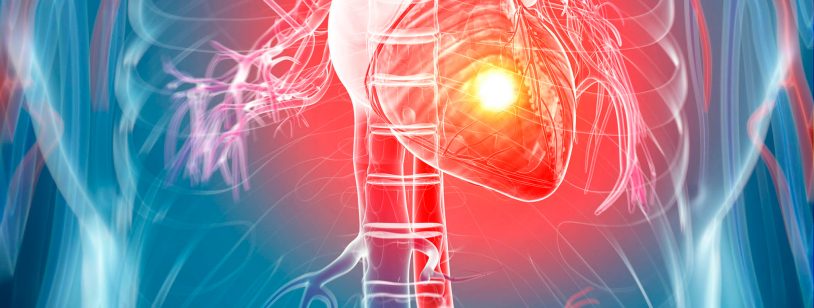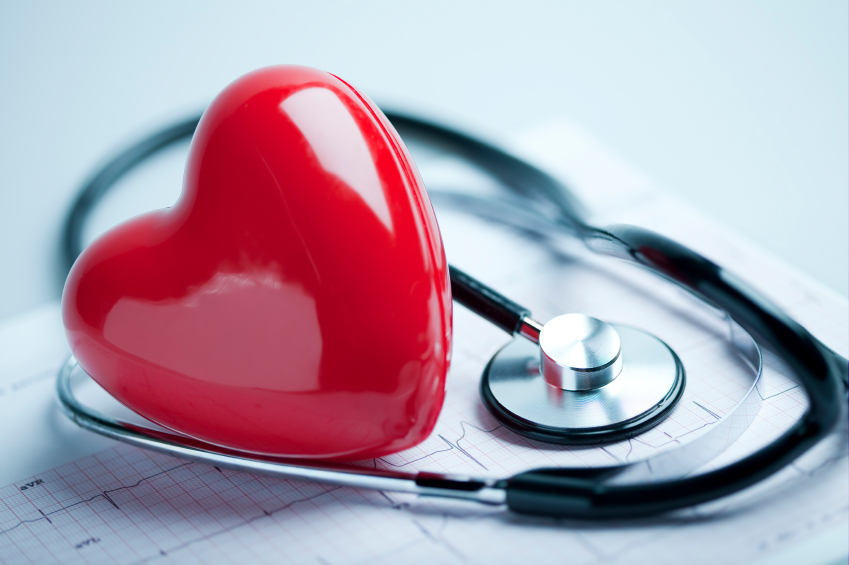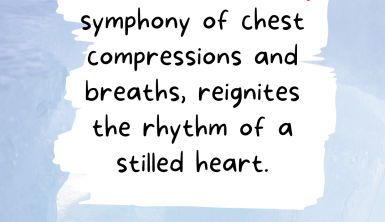Understand treatment for heart attacks
What’s a heart attack? A heart attack is the sudden death of a heart muscle. This abrupt blockage occurs because of the blood clot in the coronary artery – the artery responsible for supplying blood to the heart. Blockage of the coronary artery robs the heart muscle of oxygen and blood and results in injury to the heart muscle.
After a short period, the heart muscle starts causing chest pain and pressure in a person. If blood flow isn’t fixed within 20 to 40 minutes, permanent death of the heart muscle occurs. Other parts of the muscle also begin to fail in the next 6 to 8 hours following the heart attack. Only a scar tissue is left behind once the heart muscle is dead.
Official diagnosis
If someone is rushed to the hospital because of a heart attack, the health care personnel will run some tests to determine whether a person has had a heart attack. This may include some blood tests, electrocardiogram (ECG) checks, coronary angiogram checks, and some chest X-rays.
After examining the area, the health care team should provide appropriate treatment to clear the problem.
Heart attack symptoms
People who risk having a heart attack experience some discomfort or pain coming from their chest. Eventually, this pain may start spreading toward other parts of the upper body such as the arms, shoulders, jaw, neck, or back area. Some people may also experience a choking feeling in their throat and some body parts becoming heavy.
Other secondary symptoms a person may experience include shortness of breath, a nausea feeling, series of cold sweats, and feeling dizzy and light-headed. After a heart attack, these symptoms can appear suddenly or after a few minutes and may worsen further as time goes by. Also worth knowing, a patient may experience one of these symptoms or a combination of a few depending on the person.
Heart attack treatment
The main goal of therapy is to rapidly open the blocked artery and direct blood flow toward the heart muscle – this process is called reperfusion. After opening the artery, damage to heart muscle stops, and pain subsides. To further minimize the level of heart muscle damage, early reperfusion should be provided to restore the pumping function of the heart.
Optimum benefit is reached if reperfusion is established within the first 4 to 6 hours following a heart attack. When this time elapses, any delay of reperfusion can result in much more substantial damage to heart muscle – and eventually, death of the heart muscle occurs. Patients with hearts which are unable to pump sufficient blood may experience heart failure, disturbed heart rhythms, and decreased ability to exercise.
Otherwise, choosing a healthy lifestyle and use of medical treatments should help a patient recover fast from a heart attack. These two should also help someone greatly reduce their risk of developing further heart complications, and relieve or manage symptoms like angina.
Summary
Many times, a heart attack occurs when there’s complete blockage of an artery which supplies blood to a part of the heart. This sudden blood clot ceases the flow of blood and ends up collapsing the heart muscle. Eventually, a person starts experiencing some chest pain and pressure from the hurting muscle. If the blood flow isn’t fixed quickly, the damage to the heart is substantial and irreversible. All the same, the amount of healthy muscle left after a heart attack upon treatment will determine the quality of life and longevity a person will enjoy next.
More importantly, people prone to heart disease should look after themselves and avoid things that might bring about more heart problems. One of the best ways of doing this is by living a healthy lifestyle, taking medications as prescribed by the doctor, and eating a balanced diet. If a person smokes, they should give up smoking as cigarette smoking is known to cause a variety of heart problems. And finally, a person should check with their doctor in case they experience anything unusual from their heart after treatment.
Make sure to be properly trained for cardiopulmonary resuscitation training. Learn more about the Heart.








